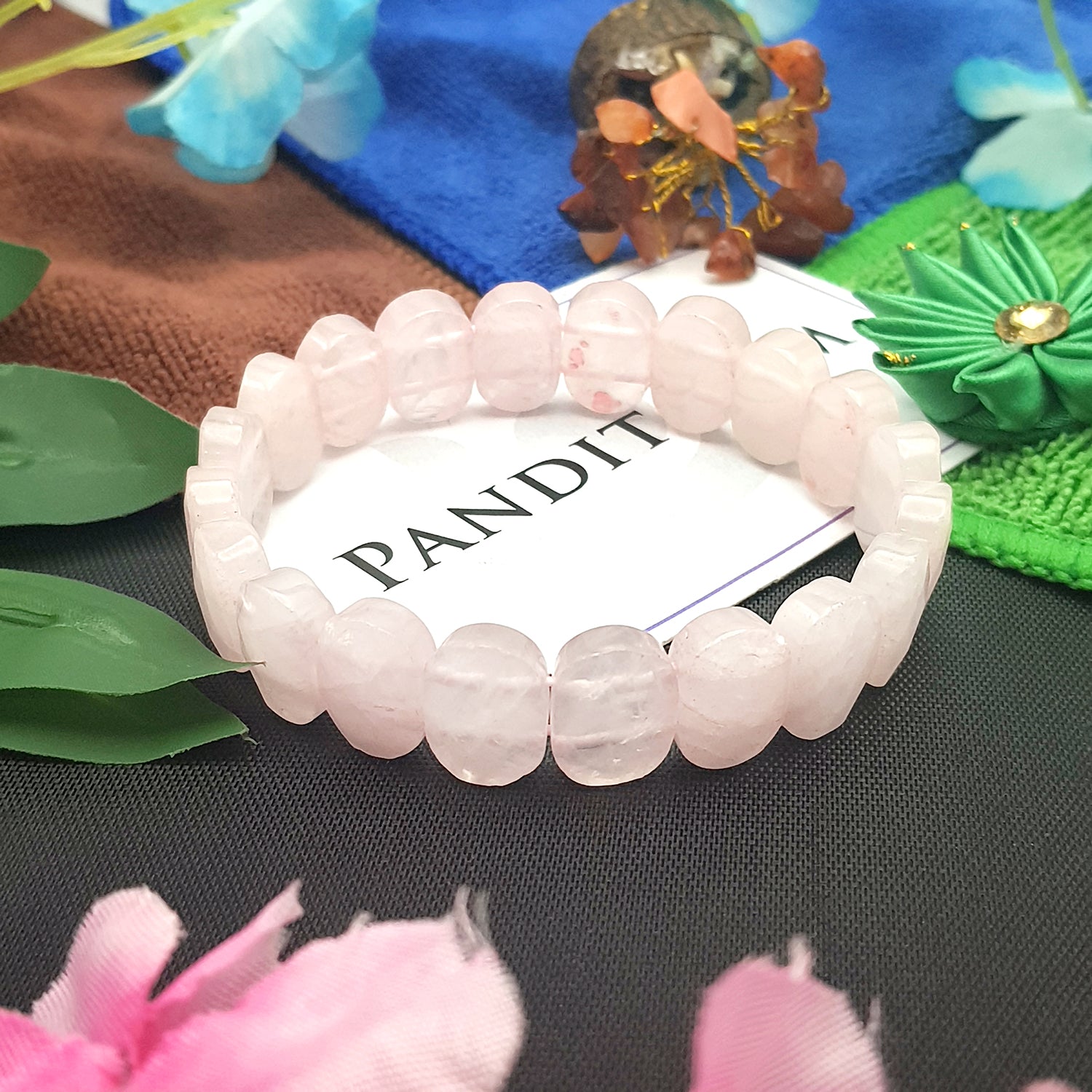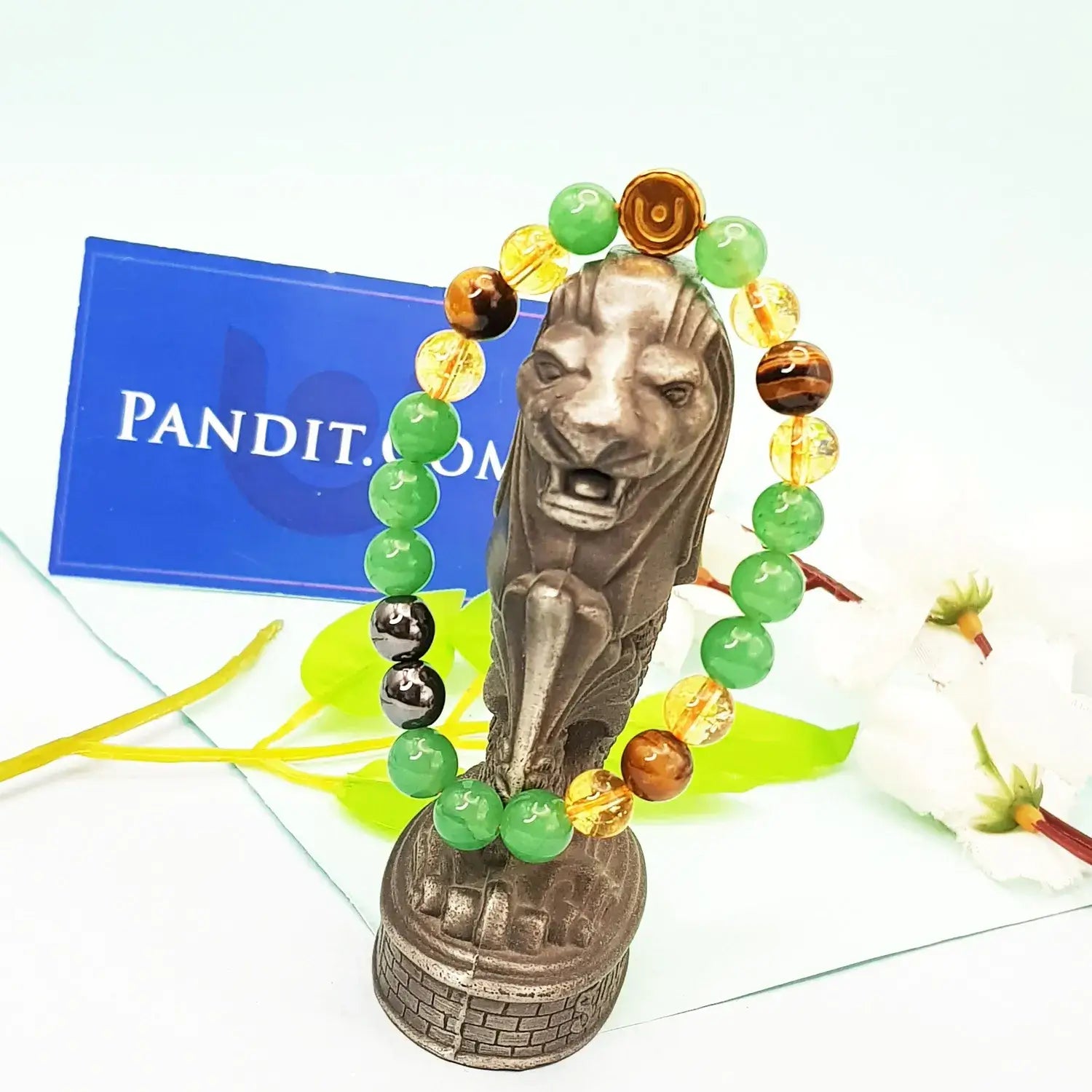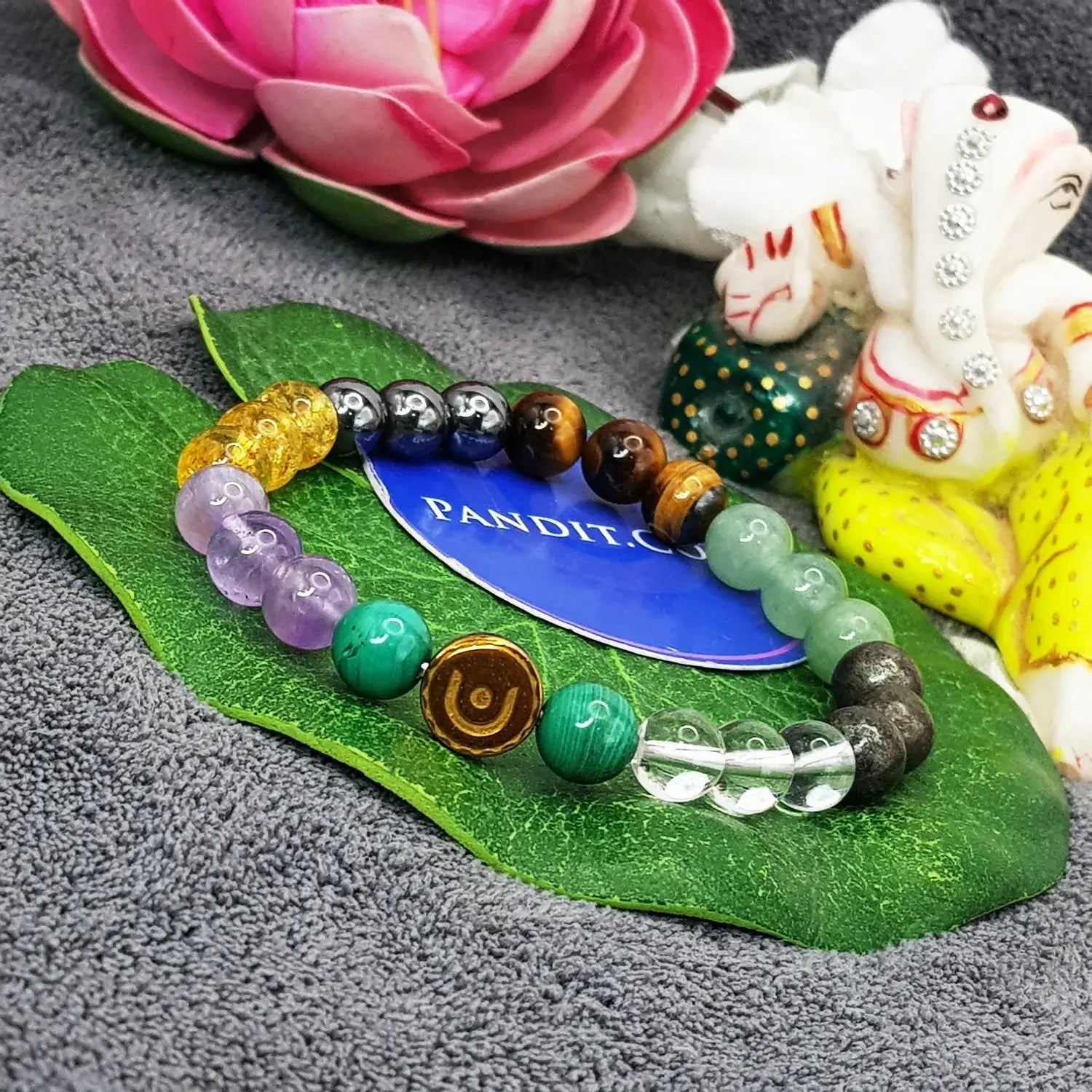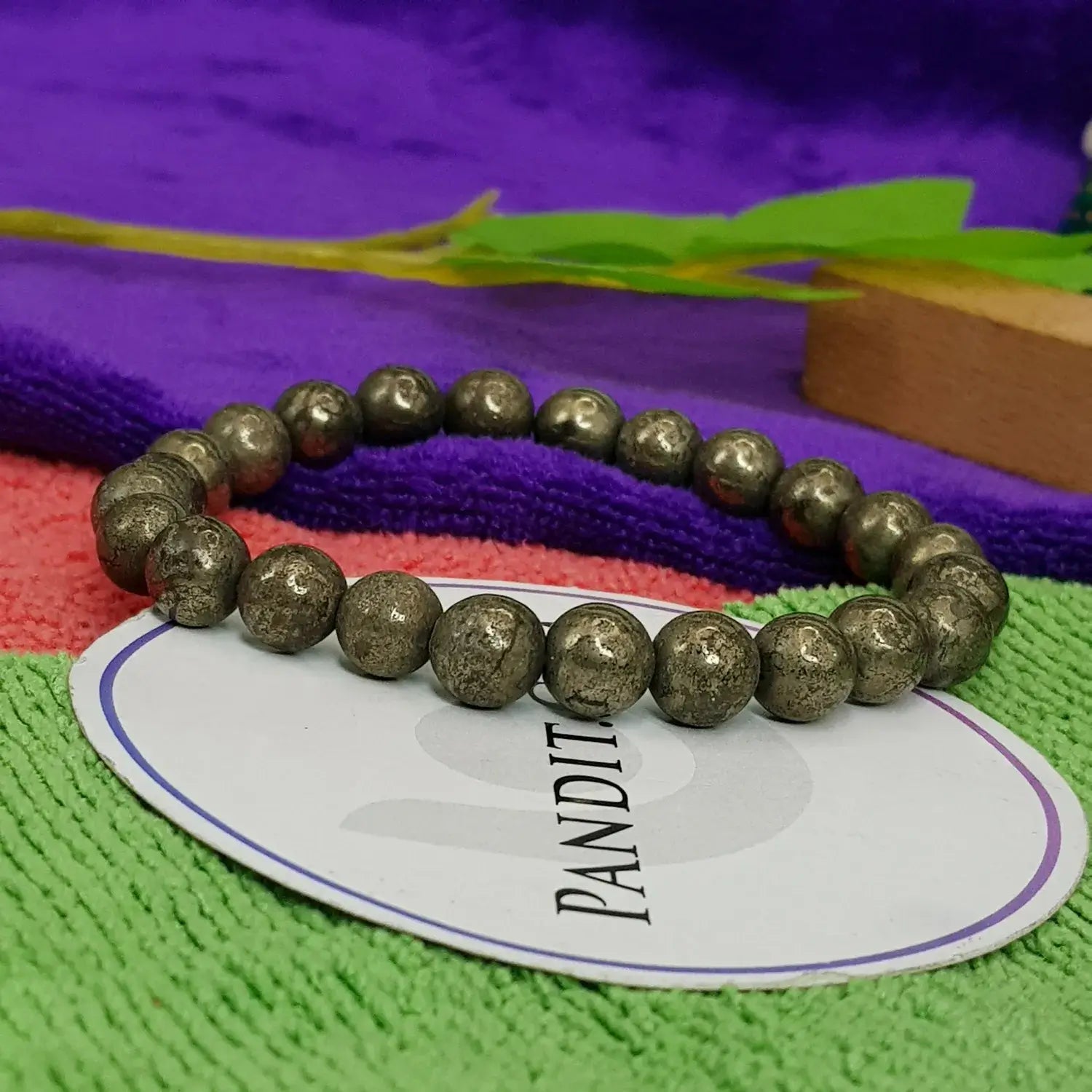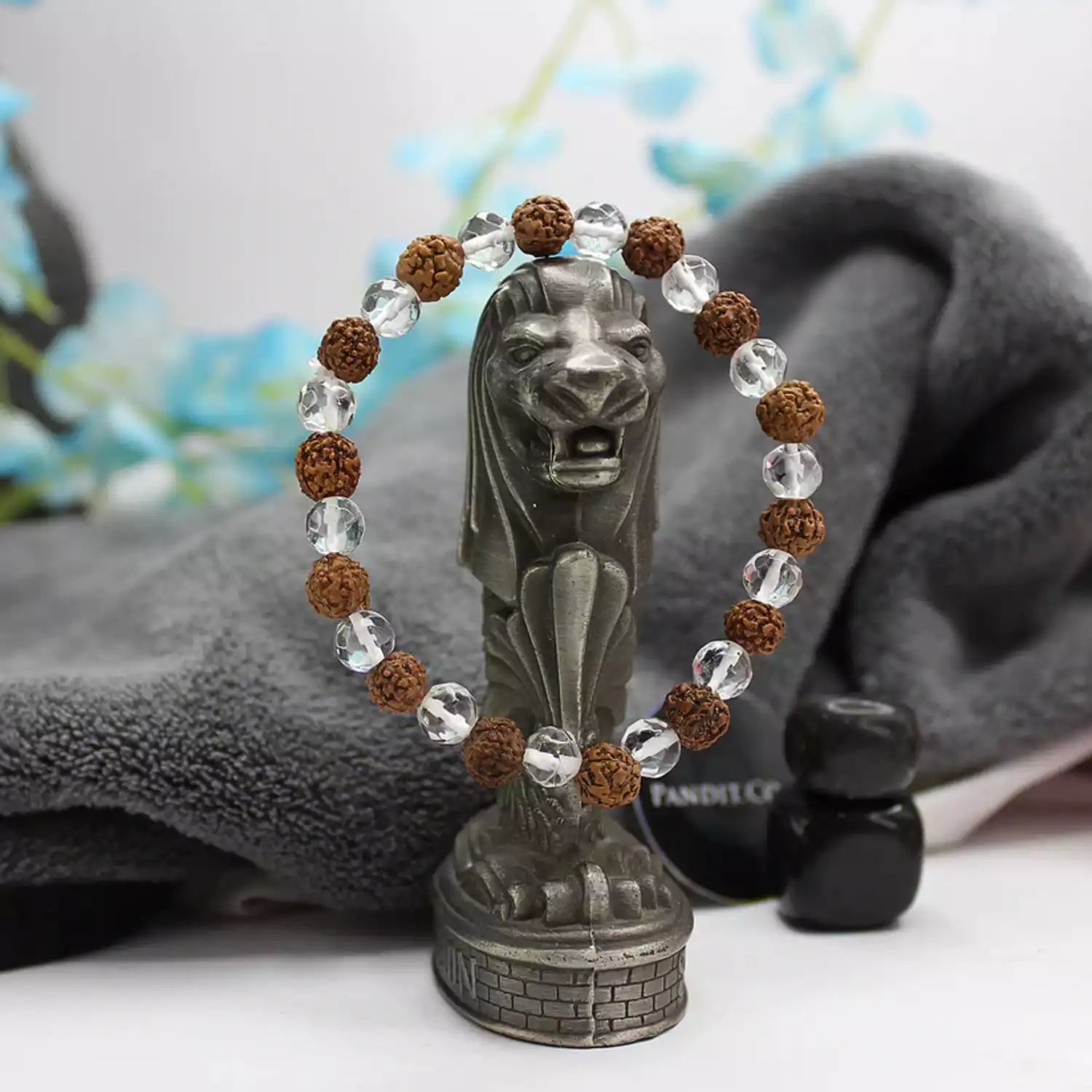There comes a time in every woman’s life when she is wronged. When she is betrayed, silenced, or made to feel powerless. It could be a heartbreak that shatters her, an injustice that leaves her broken, or a battle she never asked for but is forced to fight.
And when that moment comes, when the world tells her to stay down, to accept defeat—she is told the story of Maa Kalratri.
The Darkest Night
Long ago, there was a demon named Raktabeej. He wasn’t just any demon—he was nearly impossible to kill. Every time someone struck him, every time his blood spilled onto the ground, another version of him was born. He was like the pain that keeps coming back, no matter how hard you try to move on.
The gods tried everything, but they failed. Every drop of his blood created another monster, and soon, the world was drowning in evil.
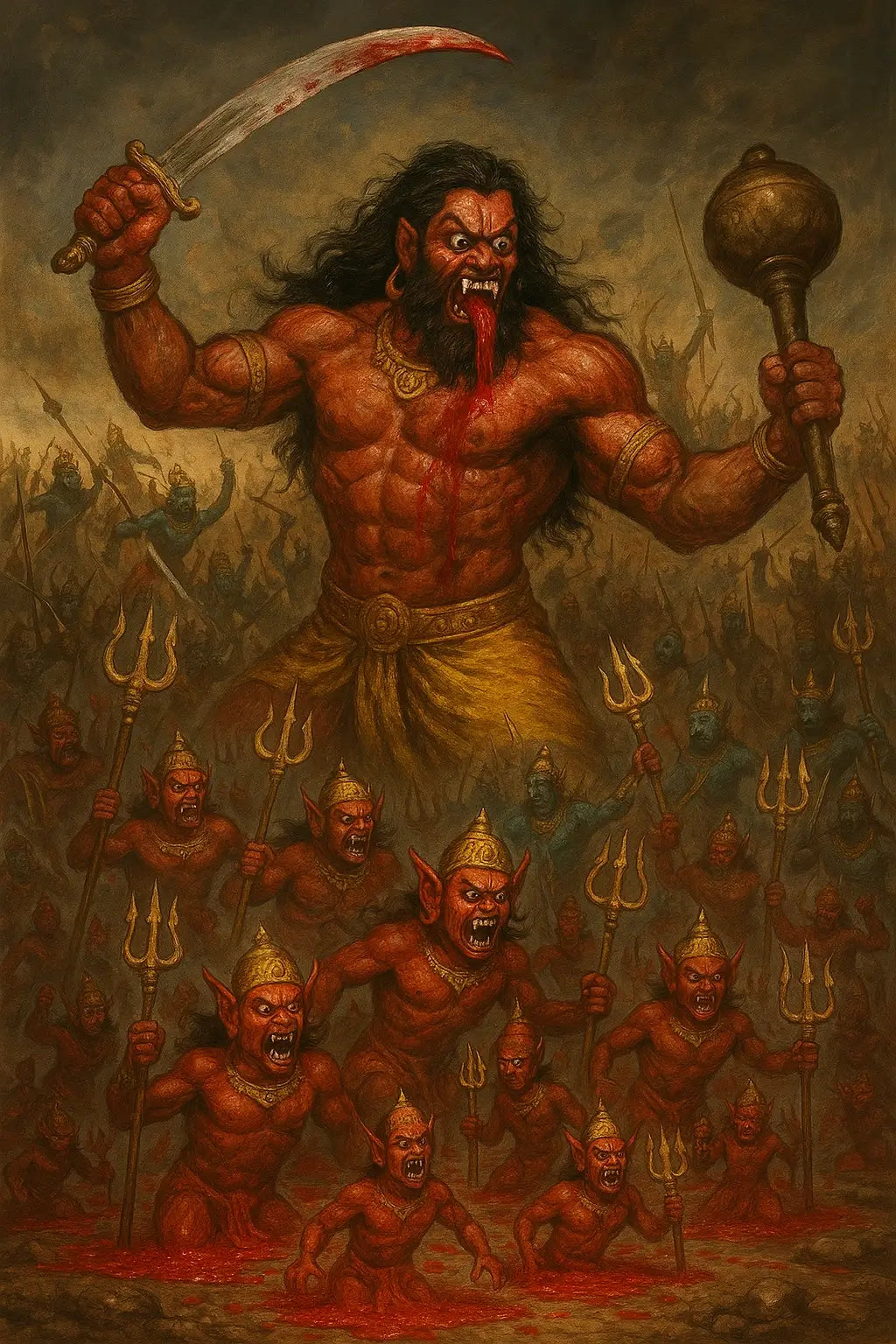
And then, she arrived.
She didn’t come with soft words or gentle hands. She came as fire, as rage, as the storm that had been waiting too long to rise.
Her skin was as dark as the night sky, her hair wild like an untamed storm. Her eyes burned like the fire inside every woman who has ever been hurt. She was Maa Kalratri—the fiercest form of Durga. The kind of woman you don’t push too far.
The Battle That Changed Everything
Kalratri didn’t hesitate. She didn’t plead or beg for mercy. She walked straight into the battlefield, unshaken, unafraid.
The demons laughed at her.
A woman? Alone? Against an army?
But before they could react, she let out a roar so powerful that the earth trembled, the sky cracked, and even time seemed to freeze. Then, with her sword, she struck. And with every move, demons fell like dried leaves in a storm.
But Raktabeej wasn’t like the others. He bled, and from his blood, a thousand more demons rose.
Any other warrior would have given up. But Maa Kali wasn’t just any warrior.
She watched. She learned. And then, she did something no one expected.
Instead of letting his blood touch the ground, she stretched out her long, blood-red tongue and drank every drop before it could create another monster.
The demons stopped multiplying. The army vanished. And now, there was only him—alone, helpless, terrified.
With one final strike, she ended him. For good.
What Her Story Means For Us
Maa Kalratri isn’t just a goddess from the past. She is you. She is every woman who has ever been told she is weak. Every woman who has had to fight battles she never asked for. Every woman who has felt that burning rage in her chest but was told to keep it quiet.
But why should she?
Why should you?
Kalratri’s story is a reminder that there is a warrior inside you. That when the world tries to break you, you rise fiercer than ever.
So, if you’ve been wronged, if you feel powerless, if you’re standing at the edge of a battle you never wanted—remember her.
Remember that rage is not a weakness. That fire inside you? It’s not meant to be put out.
You are not here to beg for justice. You are here to take it.
How to Decorate the Mandir?
Since Maa Kalratri represents destruction of evil and deep spiritual energy, your mandir décor should reflect simplicity, devotion, and power.
- Use dark blue, red, or black fabrics as the backdrop for the deity’s idol or photo.
- Light a deep (lamp) with mustard oil, as it is believed to remove negativity.
- Keep red flowers (like hibiscus or red roses) on the altar, as they please the goddess.
- Offer jaggery (Gur) or sweets made from jaggery, as it is Maa Kalratri’s favorite prasad.
- Burn camphor and incense sticks (agarbatti) to cleanse the aura of your home.
What to Avoid?
Avoid too many bright or flashy decorations—Maa Kalratri’s energy is fierce and raw.
Avoid clutter—keep the space neat and pure.
What Color to Wear on Kalratri Day?
Each day of Navratri is associated with a specific color. The color for Maa Kalratri is Royal Blue (or Black in some traditions).
Why Royal Blue? It represents strength, protection, and wisdom.
You can also wear black as it symbolizes the destruction of negativity.
What to Avoid?
Avoid pastels or very light colors on this day, as this is a day of fierce devotion.
What Should You Wear?
Maa Kalratri’s energy is intense, so your attire should be comfortable yet respectful.
- Women can wear blue or black sarees, salwar suits, or lehengas with minimal jewelry.
- Men can wear blue or black kurtas or dhotis.
- You can apply kumkum or red tilak on your forehead for spiritual protection.
What to Avoid?
Avoid wearing torn, unclean, or overly flashy clothes. Keep it simple and sacred.
What Dishes to Make for Prasad?
Food offered to Maa Kalratri should be simple, sattvik, and nourishing.
- Jaggery-based sweets like gur ki roti, jaggery halwa, or jaggery kheer.
- Kala Chana (Black Chickpeas) Puri or Sabzi – It is believed to be a powerful offering.
- Coconut-based sweets like coconut ladoo or coconut barfi.
- Kuttu (buckwheat) or Singhara (water chestnut) flour-based dishes for fasting.
What to Avoid?
- Onion, garlic, or tamasic (heavy, processed) food.
- Alcohol, non-veg, or anything impure.
- Overeating—Navratri is about discipline and devotion.
What to Avoid on Kalratri Day?
This day is all about letting go of negativity and inviting Maa Kalratri’s energy into your life.
- Avoid negativity – Do not engage in gossip, arguments, or anger.
- Avoid laziness – Stay active and involved in prayers, chant Goddess Kali Mantras or do other spiritual activities.
- Avoid using foul language – Keep your speech pure.
- Avoid non-veg, alcohol, and intoxicants – This is a day of divine purification.
Final Thoughts
Maa Kalratri’s story is powerful because it reminds us that we all have an untamed fire within us.
So, if you’re going through something tough, if you’ve been wronged, or if you feel like you need a fresh start—today is your day to break free from negativity and step into your strength.
Light that lamp, wear that bold blue, offer your prayers, and remind yourself—you are powerful, and nothing can stand in your way.
Jai Maa Kalratri!




